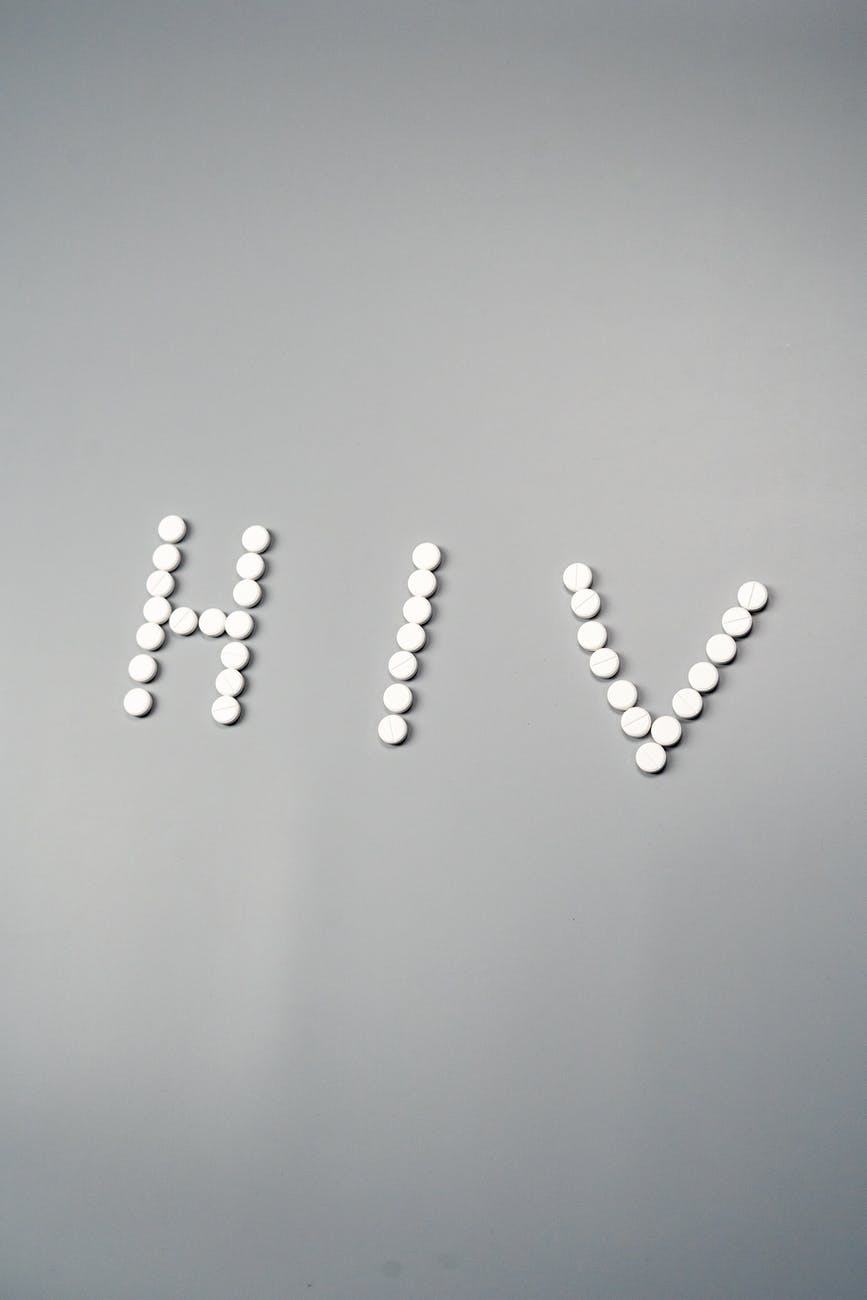What is PrEP and how does it work?
PrEP medication, also called pre-exposure prophylaxis, is an HIV preventative drug. It keeps people that are HIV-negative from contracting the virus if they’re exposed to the virus. PrEP works by keeping HIV from replicating within the body. This medication is highly effective when taken as prescribed.
PrEP is a once-daily pill that can reduce the risk of getting HIV by more than 90%. Studies have shown that correct use reduces the risk of transmission by 99% (for sexual contact transmission). Among those individuals who inject drugs, PrEP reduces the risk of transmission by more than 70%.
How Does HIV Attack the Body?
HIV (human immunodeficiency virus) attacks the body’s immune system, specifically white blood cells within the body. White blood cells are tasked with fighting infection or disease, causing havoc on the body. CD4 cells help protect the body in the event of an illness. Once HIV attaches to CD4 cells, it becomes the home base for the virus, reproducing and spreading throughout the body. Once the body is a host for HIV, there is no way to get rid of it.
How to Start Taking PrEP
PrEP is only available as a prescription medication. Any qualified health care provider can prescribe the medication after receiving an STI panel before starting the drug. HIV-positive people shouldn’t take this medication as it can cause drug resistance to HIV medications. Any individual taking this medication for longer than three months will need to have follow-up testing to ensure that status hasn’t changed. This medication works for short-term use, whether that’s a few weeks, months, or years.
How does PrEP work within the body?
When taking PrEP on a consistent basis, the antiretroviral drug gets into the bloodstream. From there, it collects in higher concentrations in the genital region, creating a barrier within the body. This barrier prevents HIV from replicating within the immune cells in the body, avoiding the risk of permanent infection. In order for the barrier to prevent infection, high concentrations of the medication need to remain in the body.
How does PrEP Protect Against HIV?
The medication works by building walls around CD4 cells within the body. These walls act as a barrier, keeping the virus from entering T-cells within the body. Without T-cells, HIV can’t replicate, blocking the infection. In the event of exposure, it is unable to reproduce within the body.
Mucous membranes are typical entrance points into the body (due to the thin area and lack of protective barrier). These microtears offer simplified access for the virus to enter the body. When a mucous membrane becomes torn, exposure to the virus increases. Minimizing the risk of tearing through lubrication can lessen the chance of infection.
Are there side effects to the medication?
PrEP side effects are often mild. Some individuals will experience minor symptoms that will usually resolve with time. These might include headaches, nausea, fatigue, and stomach pain. It’s vital to tell your health care provider about any side effects that persist or are severe.
Can I start or stop PrEP without an in-person visit?
Yes. There are many options currently available for individuals wanting to start PrEP medications. Telehealth or teleconferencing with mail-in testing is available for individuals wanting a testing kit before beginning the medication. To find out which options are available in your area, contact your local health care provider or health department.
To stop taking Prep, simply stop taking the medication as prescribed. Reasons for stopping include adverse reactions to the drug, blood tests that show an unsafe reaction to the medication, or a lifestyle change. It’s always a wise idea to talk to your healthcare provider about alternative HIV prevention.





